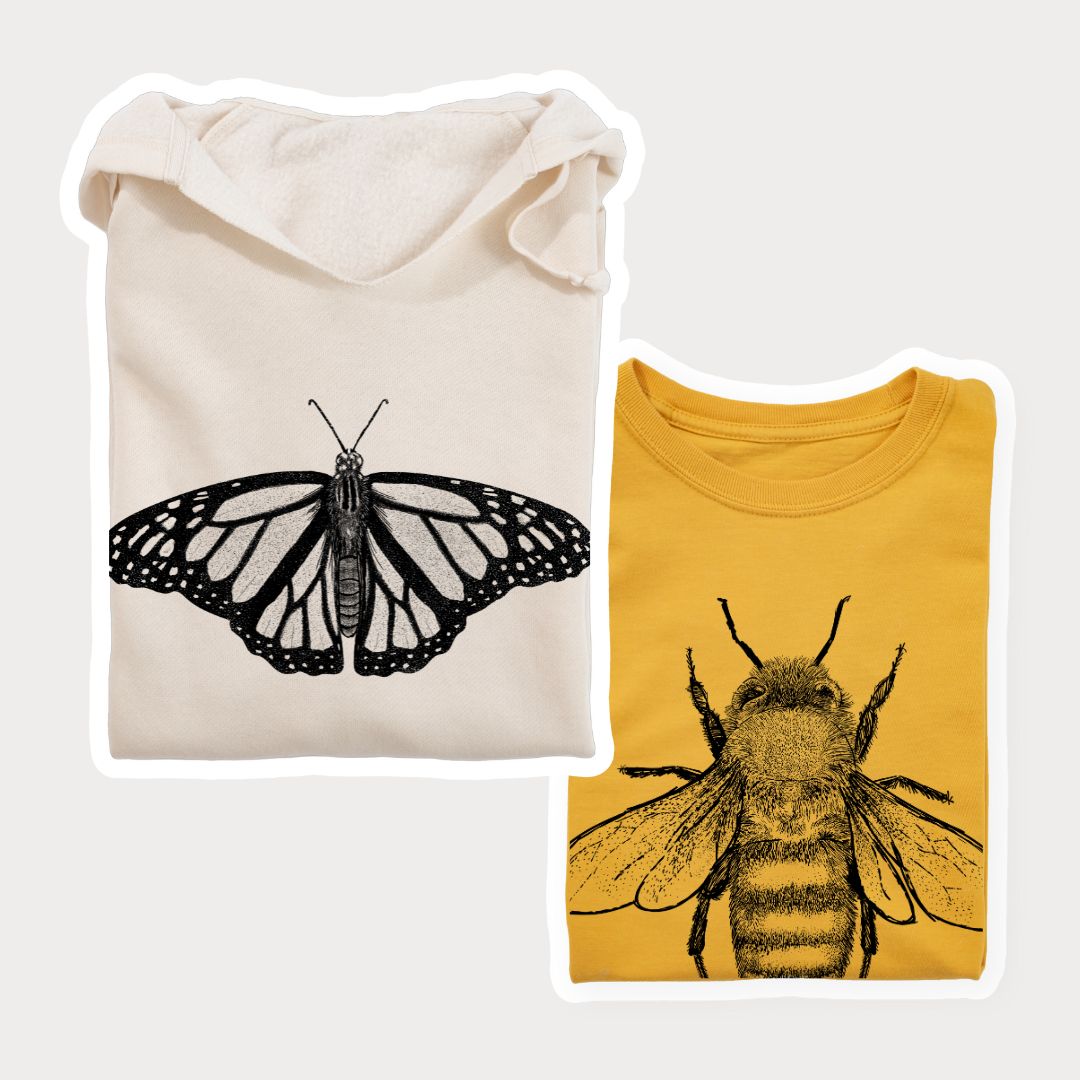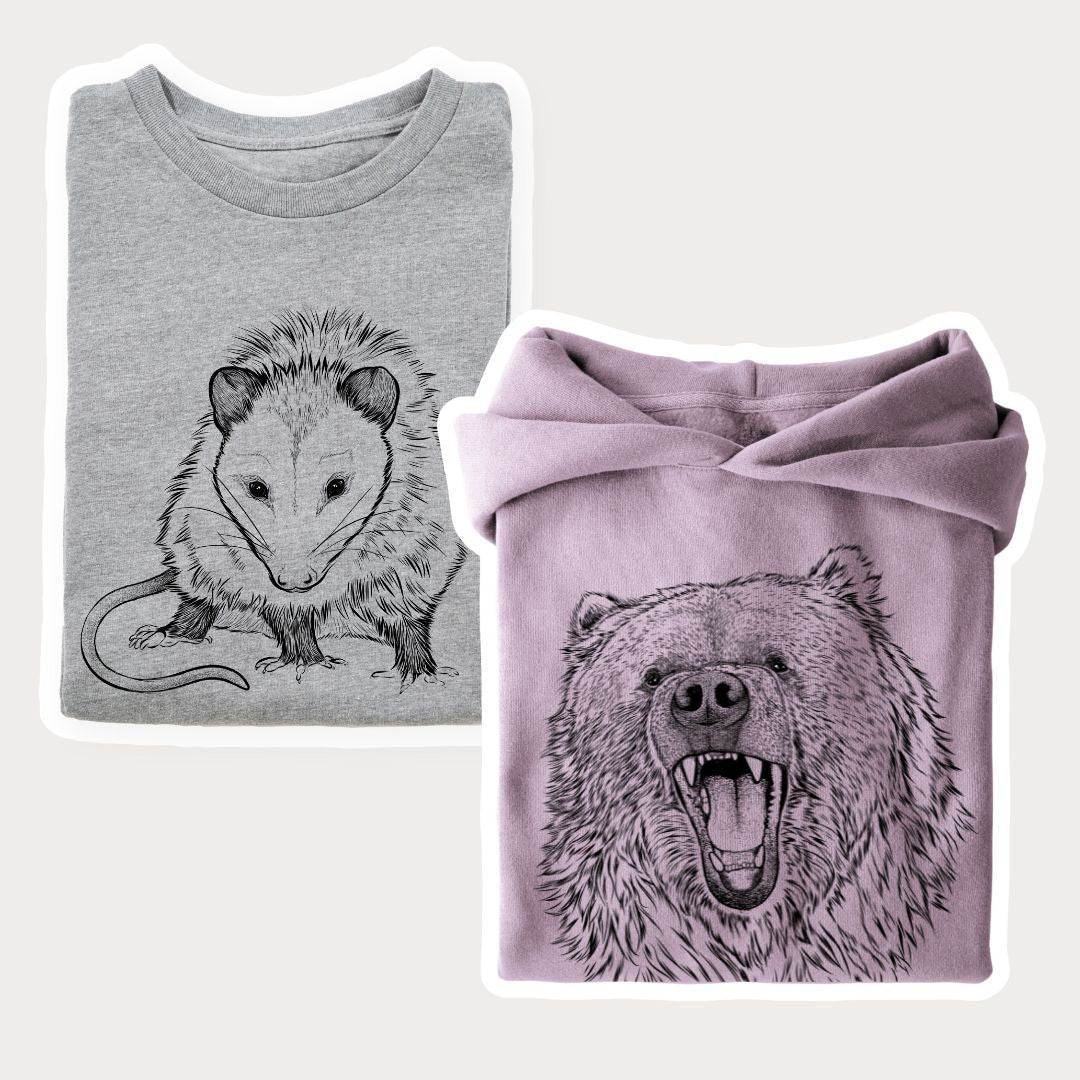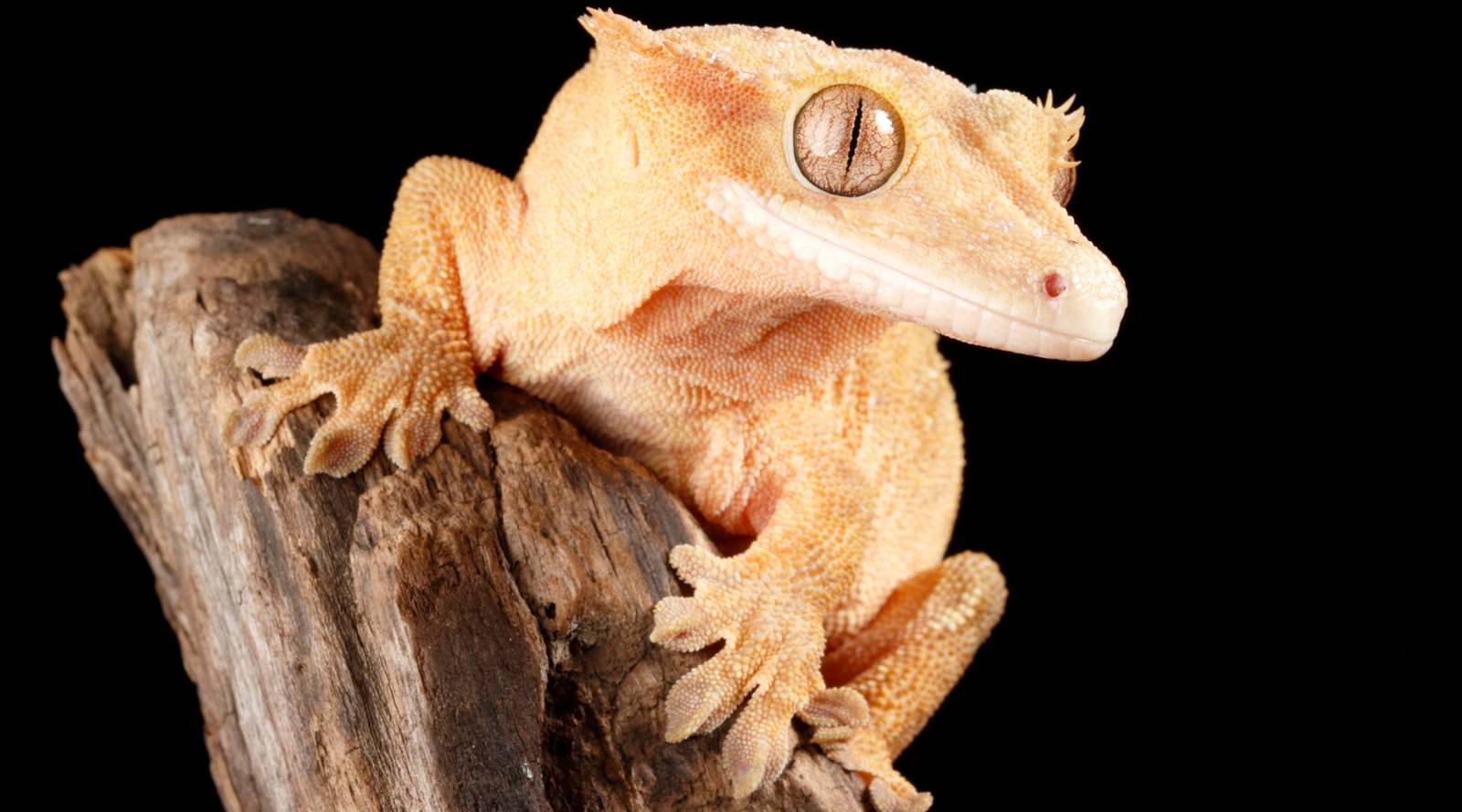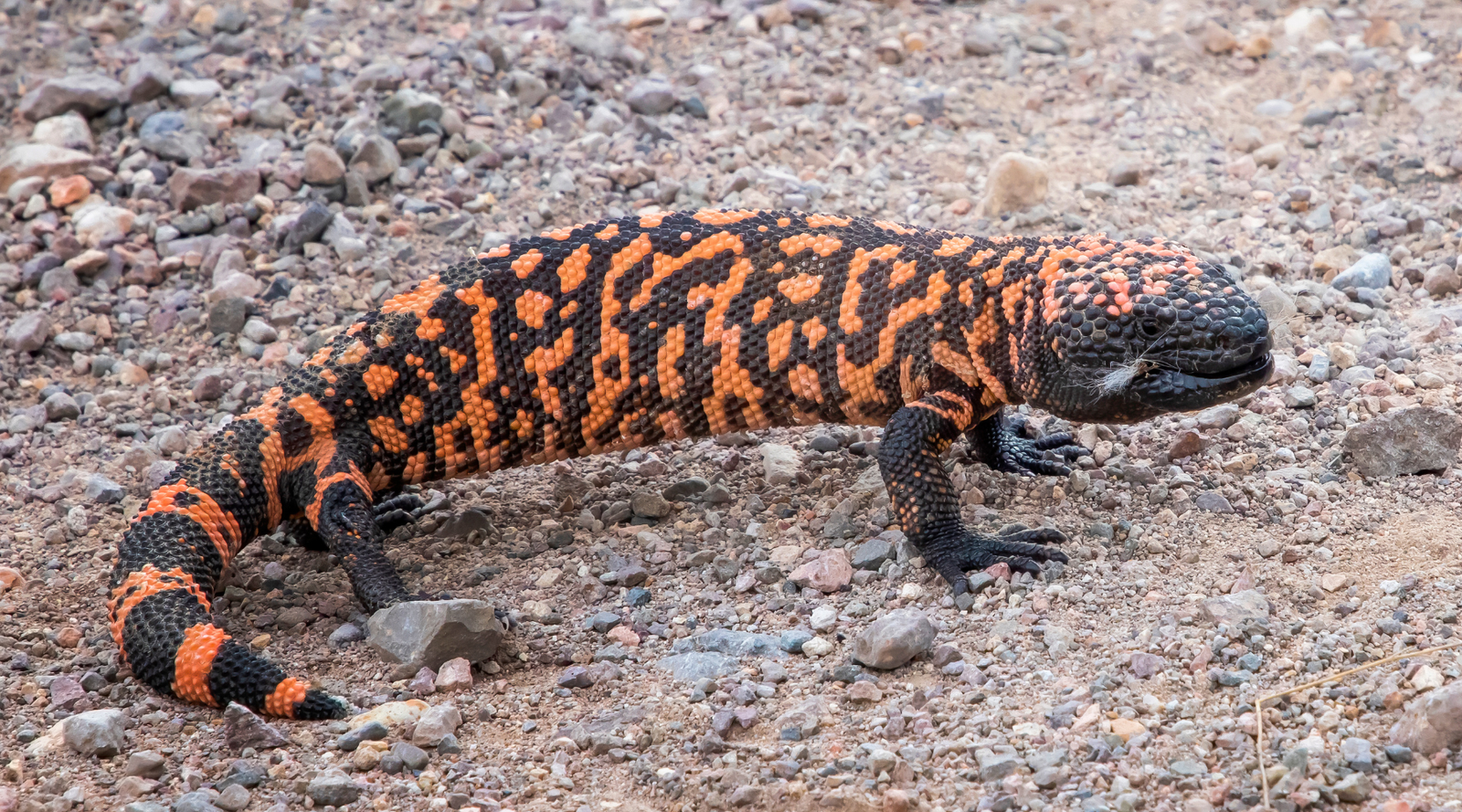How Many Bee Families Are There?
Bees are truly remarkable creatures that play a crucial role in pollination and ecosystem health. While we often refer to bees as a collective group, there are actually distinct families within the bee classification. In this blog post, we'll explore the world of bees and delve into the question: How many bee families are there?

So, How Many Bee Families Are There?
There are 7 bee families:
- Apidae
- Halictidae
- Megachilidae
- Andrenidae
- Colletidae
- Melittidae
- Stenotritidae
Let's found out more about each bee family and discover their unique characteristics.
The 7 Types of Bee Family
1. Apidae Family
The Apidae family is the largest bee family and contains some of the most well-known bees. It includes several subfamilies and encompasses a wide range of species. Bees in the Apidae family include:
- Honeybees
- Bumblebees
- Carpenter bees
- Cuckoo bees
Honeybees (genus Apis) are famous for their honey production, and the role they play in pollinating a variety of plants. Bumblebees (genus Bombus) are robust and efficient pollinators, while carpenter bees (genus Xylocopa) are known for their ability to create burrows in wood for their nests. Cuckoo bees (genus Nomada) interestingly lay their eggs in the nests of other bees so that they rear their young!
Several of the Apidae family are endangered bees or considered to be 'vulnerable' - learn How You Can Help Pollinators.

2. Halictidae Family
The Halictidae family, also known as sweat bees, is a diverse group of bees found worldwide. This is the second biggest bee family, after the Apidae bee family. They're called sweat bees because of the attraction some species have to perspiration. Sweat bees play a significant role in pollination, pollinating many crops and wildflowers, including sunflowers, apples, and watermelon.
3. Megachilidae Family
The Megachilidae family includes leafcutter bees and mason bees. These bees are solitary insects that construct nests in cavities or preexisting holes. Leafcutter bees (genus Megachile) use sections of leaves to build their nests, while mason bees (genus Osmia) utilize dried mud to create protective nests their offspring. Megachilidae bees are valuable pollinators for many crops and wildflowers.

4. Andrenidae Family
The Andrenidae family consists of mining bees, which are ground-nesting solitary bees. These bees are known for their impressive digging abilities, creating intricate tunnels in soil or sand where they lay their eggs. Mining bees are very important flower pollinators, particularly in the mid-west region of the United States, according to the US Forest Service.
5. Colletidae Family
The Colletidae family includes bees also known as plasterer bees, cellophane bees, or polyester bees. These bees are characterized by their method of lining their nests with a waterproof secretion, creating a protective barrier for their eggs. Plasterer bees are either solitary or semi-social insects and can be found in various habitats worldwide. According to North Carolina State University, this family of bees are important pollinators of spring crops.

6. Melittidae Family
The Melittidae family is a small bee family, comprising of bees commonly known as oil-collecting bees. These bees have specialized structures on their bodies that allow them to collect and transport floral oils.
7. Stenotritidae Family
The Stenotritidae family is the smallest family of bees, with 21 species, and can only be found in Australia. These bees are all ground-nesting.
The world of bees, therefore, is incredibly diverse. There are 7 bee families: from the social honeybees and bumblebees of the Apidae family to the small Australian Stenotritidae family, each bee family has unique characteristics and plays a vital role in maintaining the delicate balance of nature. Shop our Pollinator Collection to show off your love for these amazing creatures and to help support Pollinator Partnership.
















Leave a comment (all fields required)